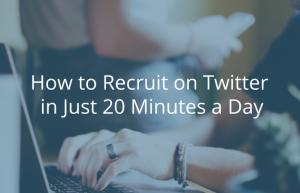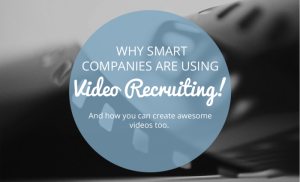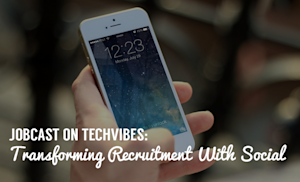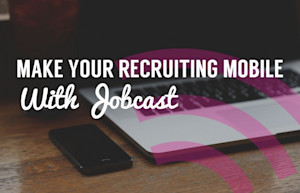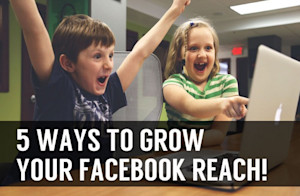Most companies do not have dedicated social recruiting teams.
These companies rely on HR, recruiters, or even just a socially savvy employee to manage their employer brand and run their social media hiring strategy.
This is no easy task, especially when you still need to manage all of the responsibilities of your primary job description.
If you are one of these ambitious employees, then you can’t afford to spend hours each day on social recruiting. You have other stuff to do!
In this post, we’ll look at how, with the right set up and plan, you can manage your company’s Twitter recruiting in 20 minutes per day.
Set Up
Before you get started with your daily Twitter recruitment campaign, it’s important to get a solid foundation in place.
1) Automate your job postings
Automation is one of the most effective ways to save time on Twitter.
Sharing job posts is a great task to automate because doing so does not involve content curation, significant customization, or an immediate response.
With a social recruiting automation tool, you can set up a schedule so that your latest job posts are shared at peak times throughout the day.
2) Build Twitter Lists
One of Twitter’s most beloved features is Twitter lists.
Lists make it possible to segment Twitter users into categories based on defining characteristics such as occupation, interests, influence, and the type of content they Tweet.
You can make these lists private, or public, it’s up to you.
You can also follow other people’s lists. This is an awesome way to find new people to follow, or candidates to reach out to.
Here are few Twitter lists that you can create for social recruiting:
Influencers in your field
Candidates you are interested in connecting with
Your competition (make this list private!)
Potential candidates (you can find people to add to this list by searching bios for skills such as “Software Engineer” and location with tools like FollowerWonk.)
3) Arrange Content Curation
Yes, Jobcast is a tool specifically focused on job sharing, but I cannot in good conscience tell you that you can share nothing but job postings and expect to get good results.
Effective social recruiting requires diverse and engaging content sharing.
I like to use Feedly to create a news feed out of sources that are relevant to my Twitter audience.
I also use Buzzsumo and Digg to help find new sources to add to my Feedly.
Now that you’re all set up, here’s what your daily Twitter recruiting routine will look like.
8 Minutes in the Morning
1 Minute:
Check the news and your calendar real quick. It’s important to know what’s going on in the world to avoid any serious making any serious gaffes on social and if there’s a holiday coming up you’ll want to include it in your content strategy for the day.
1 Minute:
Check your notifications and respond to DMs (direct messages), @mentions, check out new followers and thank them or follow them back if they look legitimate.
1 Minute:
Browse your Twitter feed to see what’s going on with your network. Comment on one or two tweets, star the ones you like, and retweet at least one tweet that you think your audience would find interesting.
1 Minute:
Check out your lists to get ideas for conversation starters or topics to focus on for the day.
4 Minutes:
Scan your content feed of choice for interesting articles or videos to share and schedule 2 -3 of them for sharing with your favorite tool, I use Buffer.
9 Minutes in the Afternoon
1 Minute:
Check your notifications and respond to DMs (direct messages), @mentions, check out new followers and thank them or follow them back if they look legitimate.
1 Minute:
Scan your feed and your lists again and do some commenting, retweeting, and favoriting.
2 Minutes:
Look at your lists a little bit more closely to see if there are any new potential candidates there that stand out to you. Engage with those candidates and move them to your potential candidates list.
5 Minutes:
Try to connect with the candidates that you find in your Twitter lists on LinkedIn and follow any potential candidates that you’ve connected with on LinkedIn on Twitter.
3 Minutes in the Evening
1 Minute:
Check your notifications and respond to DMs (direct messages), @mentions, check out new followers and thank them or follow them back if they look legitimate.
1 Minute:
Scan your feed and your lists again and do some commenting, retweeting, and favoriting.
1 Minute:
Do a quick check to make sure that all of your tools are running as desired.
Sign off and disconnect.
When the day is done, it’s time to turn off or face serious work/life balance repercussions!
Give this routine a try and monitor your results. You may find that you need to make some tweaks along the way to fit your needs like spending more time on lists and less time on content curation. But even if you do, having a solid routine in place will keep you on track and prevent you from getting overwhelmed by Twitter recruiting.
Read More